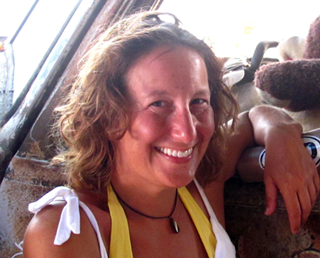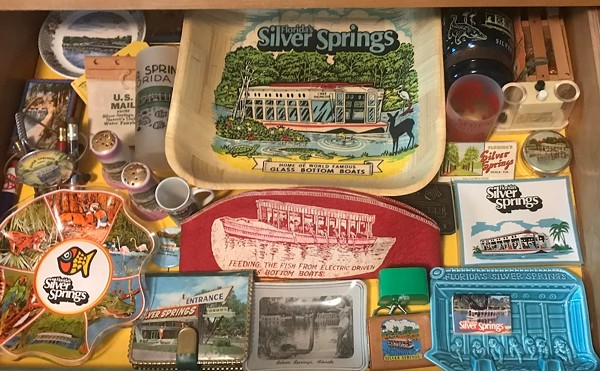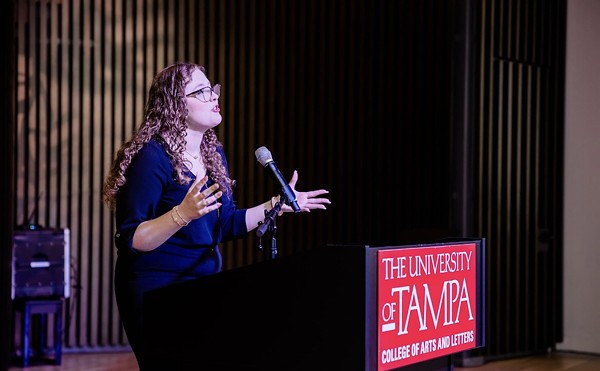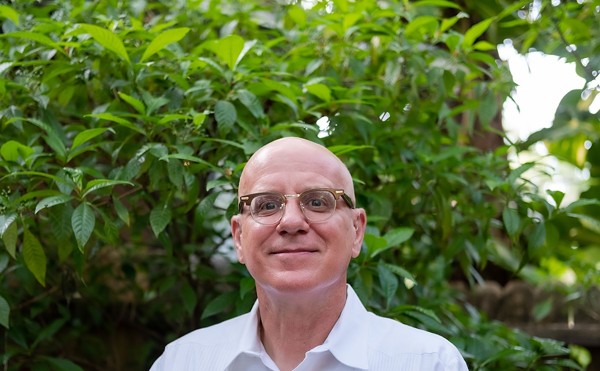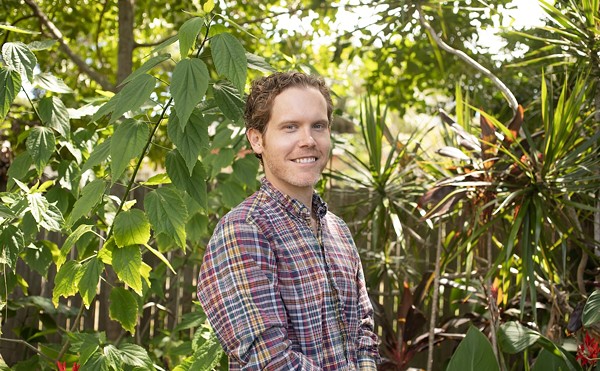De Soto National Memorial
8300 De Soto Memorial Highway, Bradenton. 941-792-0458. nps.gov/deso.
As we near the end of July and our weather hovers somewhere between “hot and wet” and “face of the sun,” it becomes imperative to find a beach. No worries, right? Florida, after all, has 1,350 miles of coastline and much of it still has sand. Finding a beach, then, is not the problem.
Finding one that doesn’t have wall-to-wall people? That’s a different story. Sure, if you have weekdays free, Fort De Soto’s a ghost town and every — and I mean this with no disrespect to rednecks — “Redneck Riviera” between here and, well, Tampa may as well have tumbleweeds blowing down their narrow strips of muck.
The trick in finding a deserted beach on the weekend? Think outside the sand. Well, think outside the wide expanses of sandy beach. Namely, look for places that don’t attract every college student looking to maximize their tan.
That means mangroves. Look, I know what you’re thinking: Mangroves mean mosquitoes, and the roots? They hurt. I feel your pain, people — literally. But if you can keep your Aqua Socks on until you stumble past the roots, you can find scraps of deserted beach all over the state. One of my new favorites? The De Soto National Memorial. It’s on the other side of Tampa Bay — you can see the Fort De Soto water tower from its northern shores — and it lacks a sandy beach, so people don’t go there for a day on the water.
You can find the hidden bits of beach past the open view of the gulf, along the path so cleverly marked with a life-sized artist's interpretation of Hernando de Soto. De Soto, in all honesty, will never win the Señor Congeniality award. At least, not from Florida’s indigenous people. Before he came to Florida to convert the natives and find a faster trade route, he helped wipe out the Incans with his good buddy, Francisco Pizarro. High on conquistadoring (one can only assume, anyway), de Soto steered his band of roving Spaniards to Florida’s Gulf Coast, where the locals met them with what the National Parks Service describes as “fierce resistance.” Undeterred, de Soto and his men pushed onward with a few things in mind: the aforementioned trade route, helping the “savages” find God (his mission had a few priests) and helping his men find gold (so often in history, these last two things things go hand-in-hand).
Of course, de Soto never landed here, despite what the brochure for the De Soto Trail leads you to believe. The Trail, initially intended as a best-guess, “this is what maybe happened here” collection of points in Florida, evolved into something we've canonized in Florida history. While the trail presents this as fact, the National Park Service tells a different story.
“The best guess anyone has here is that he landed right at the mouth of the Little Manatee River,” Park Ranger Richard Donnelly says.
Donnelly also explains de Soto didn’t come looking for gold... mostly.
“To say that the Spanish were just looking for gold is true and it’s false,” he tells me. “They were looking for a trade route [and] by chance they run into civilizations that have wealth they can take easily.”
And so, because de Soto found gold in Incan cities, gold became an objective throughout the Americas. As for the true objective — faster, more efficient trade?
“The objectives that were set out for the expedition,” Donnelly says, “it didn’t reach. In terms of the objective, it was a failure.”
So, no gold, no better trade route and the locals also failed to embrace Christianity, although that didn’t stop the local Catholic diocese from erecting a big-ass cross in the middle of the park. Of course, Donnelly muses, just because the mission failed for de Soto didn’t mean we should call it a total loss.
“The expedition was actually quite important,” he says. “It’s meaningful for the early development of our country.” Without de Soto’s mission (and, presumably, a handful of other plucky conquistadors like Narvaez and Ponce de Leon), New Orleans wouldn’t have happened. La Florida wouldn’t have happened. Plantains and Cuban sandwiches? Try bangers and mash instead.
So, no, the Spanish didn’t find gold. They did find a new world. But forget all that: As a result of de Soto and his mission, we have a national park where, if you persevere?
You can find your beach.


